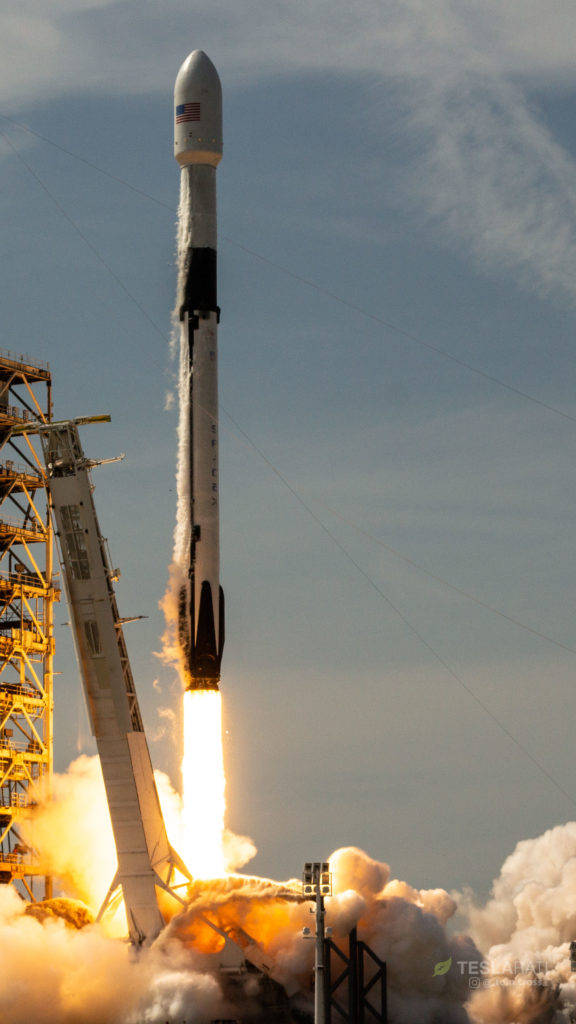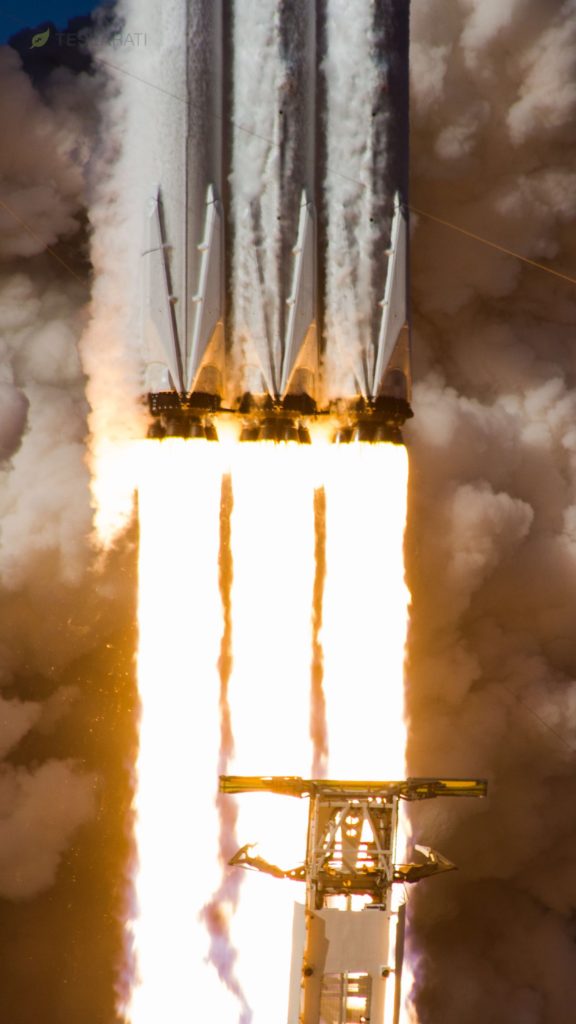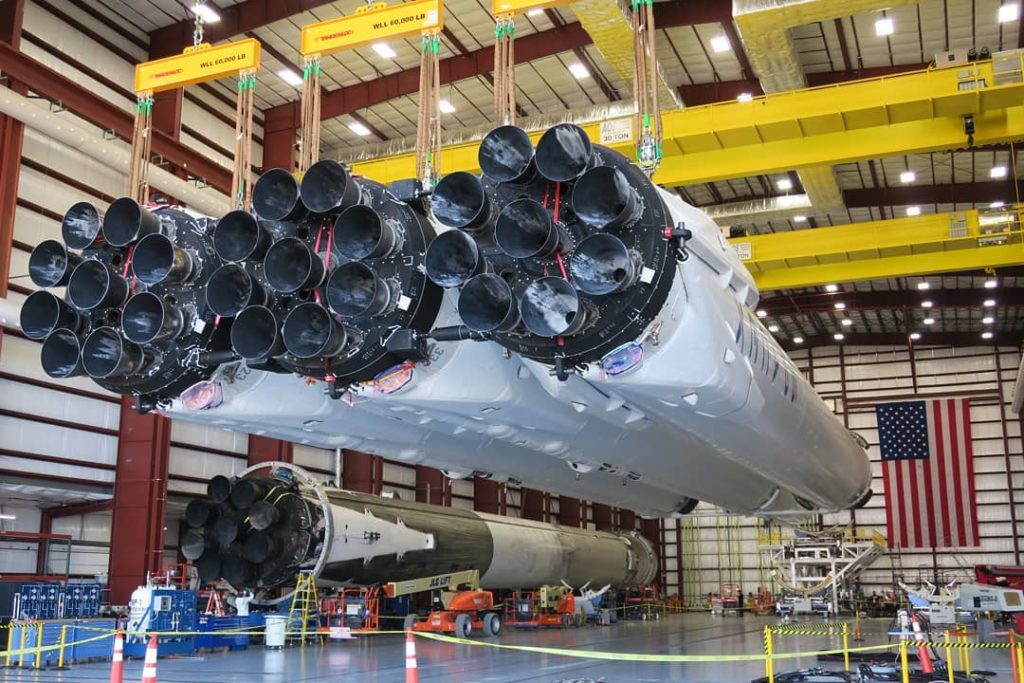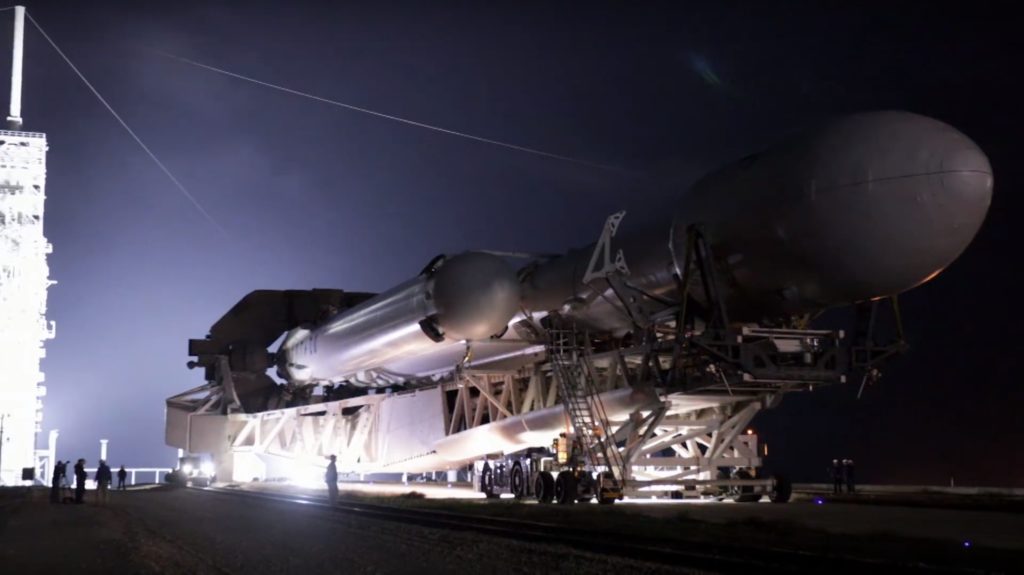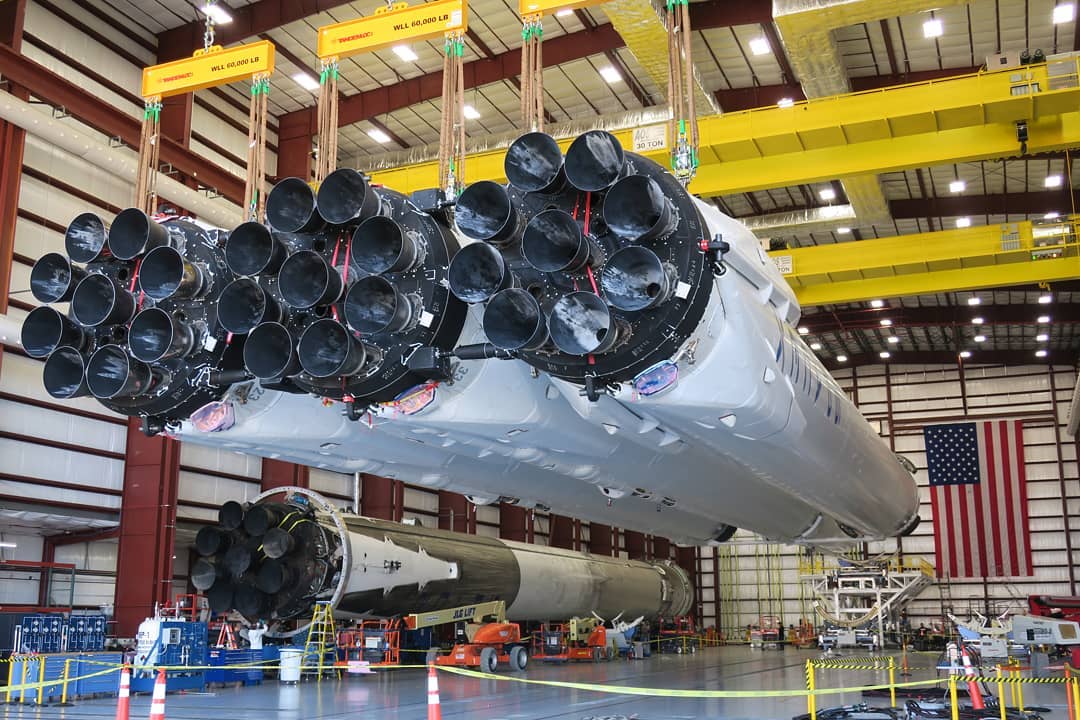

News
SpaceX wins US Air Force contract for Falcon Heavy launch
In an unexpected bode of confidence in the nascent vehicle, SpaceX has competed for and won a $130 million US Air Force launch contract for the massive Falcon Heavy rocket. While not planned to occur until September 2020 at the earliest, the most critical aspect of this development is the fact that the USAF has apparently already certified Falcon Heavy for high-value military launches.
The almost knee-jerk certification of Falcon Heavy for USAF launches makes for an extraordinary contrast when compared with the certification of SpaceX’s Falcon 9 workhorse rocket, a tedious political minefield that took more than two years, led SpaceX to (successfully) sue the federal government, and forced the Air Force to critically reexamine its internal processes after they delayed SpaceX’s certification by six or more months. For that particular endeavor, the USAF required SpaceX to complete three successful Falcon 9 launches, while also preventing SpaceX from engaging in launch contract competitions until their launch vehicle was certified in May 2015.
#SpaceX has won a competitively-awarded #AirForce launch contract for the AFSPC-52 flight. The mission will utilize a #FalconHeavy rocket. Mission will launch by Sept. 2020 from LC-39A at Kennedy Space Center. Statement from Gwynne Shotwell below… pic.twitter.com/a5ka2ov20L
— Chris G (@ChrisG_SpX) June 21, 2018
Jump ahead to 2018 and SpaceX appears to have been allowed to compete for this particular mission – known cryptically as AFSPC-52 – before Falcon Heavy had so much as completed an integrated static fire test. The awe-inspiring rocket did, however, complete a nearly-flawless debut launch in February 2018, a mission that required the company’s Falcon upper stage to survive a lengthy (6+ hour) coast in orbit before igniting its Merlin vacuum engine for one final burn. Regardless of the specifics, many of which have likely been kept under wraps, the Air Force must have been quite impressed with the rocket’s debut performance, and Falcon Heavy has now – according to President and COO Gwynne Shotwell – been certified for USAF missions just four months later.
- Falcon 9 Block 5 completed its first launch on May 11, carrying the Bangabandhu-1 communications satellite to geostationary transfer orbit. (Tom Cross)
- Falcon Heavy clears the top of the strongback in a spectacular fashion. Two of the rocket’s three manifested missions are now for the USAF. (Tom Cross)
It’s somewhere between difficult and impossible to accurately compare the different payloads and launches of the Air Force Space Command (AFSPC), but SpaceX’s only competitor ULA was awarded a contract for the launch of two relatively different AFSPC payloads at an average (fixed) cost of $175 million per mission. Those satellites were likely much smaller than AFSPC-52 but they require direct insertion into geostationary orbit (GEO), whereas AFSPC-52 may instead be sent to a geostationary transfer orbit (GTO) before circularizing the orbit under its own power.
Still, SpaceX’s triple-booster Falcon Heavy launch contract will cost the USAF a slim $130m. It’s worth noting that the 2018 AFSPC-8 and -12 contracts awarded to ULA were for the company’s single-booster Atlas 5 rocket, with most of the draw coming from its admittedly advanced, efficient, and extraordinarily reliable Centaur upper stage, tasked with reigniting repeatedly to circularize the orbit of its valuable satellite payloads once in space.
While it requires far less rigor than the Air Force’s more secretive, national security-sensitive satellite launches, SpaceX’s second Falcon Heavy launch – this time with three highly-reusable Block 5 boosters – will also be conducted with the military branch as the primary customer. Known as Space Test Mission-2 (STP-2), Falcon Heavy will be tasked with carrying a stack of dozens of different smallsats to a variety of orbits. Of note, the vast majority of that mission’s payload comes in the form of a 5000-kilogram ballast mass, included because the mission was manifested on Falcon Heavy (instead of the operational Falcon 9) for the sole purpose of facilitating the rocket’s rapid certification for critical Air Force missions.
- Falcon Heavy may look for more condensed than Delta Heavy, but its performance dramatically outclasses the ULA rocket in all but the highest-energy mission profiles. (SpaceX)
- The fully-integrated Falcon Heavy rolls out to Pad 39A. For vertical integration, think of this… but vertical. (SpaceX)
STP-2 is currently scheduled for no earlier than (NET) November 2018, while the third launch of Falcon Heavy – the commercial Arabsat 6A communications satellite – is tentatively targeted for December, although it’s almost guaranteed to slip into Q1 2019.
Follow us for live updates, peeks behind the scenes, and photos from Teslarati’s East and West coast photographers.
Teslarati – Instagram – Twitter
Tom Cross – Twitter
Pauline Acalin – Twitter
Eric Ralph – Twitter
News
SpaceX’s Crew-11 mission targets July 31 launch amid tight ISS schedule
The flight will lift off from Launch Complex 39A at Kennedy Space Center in Florida.
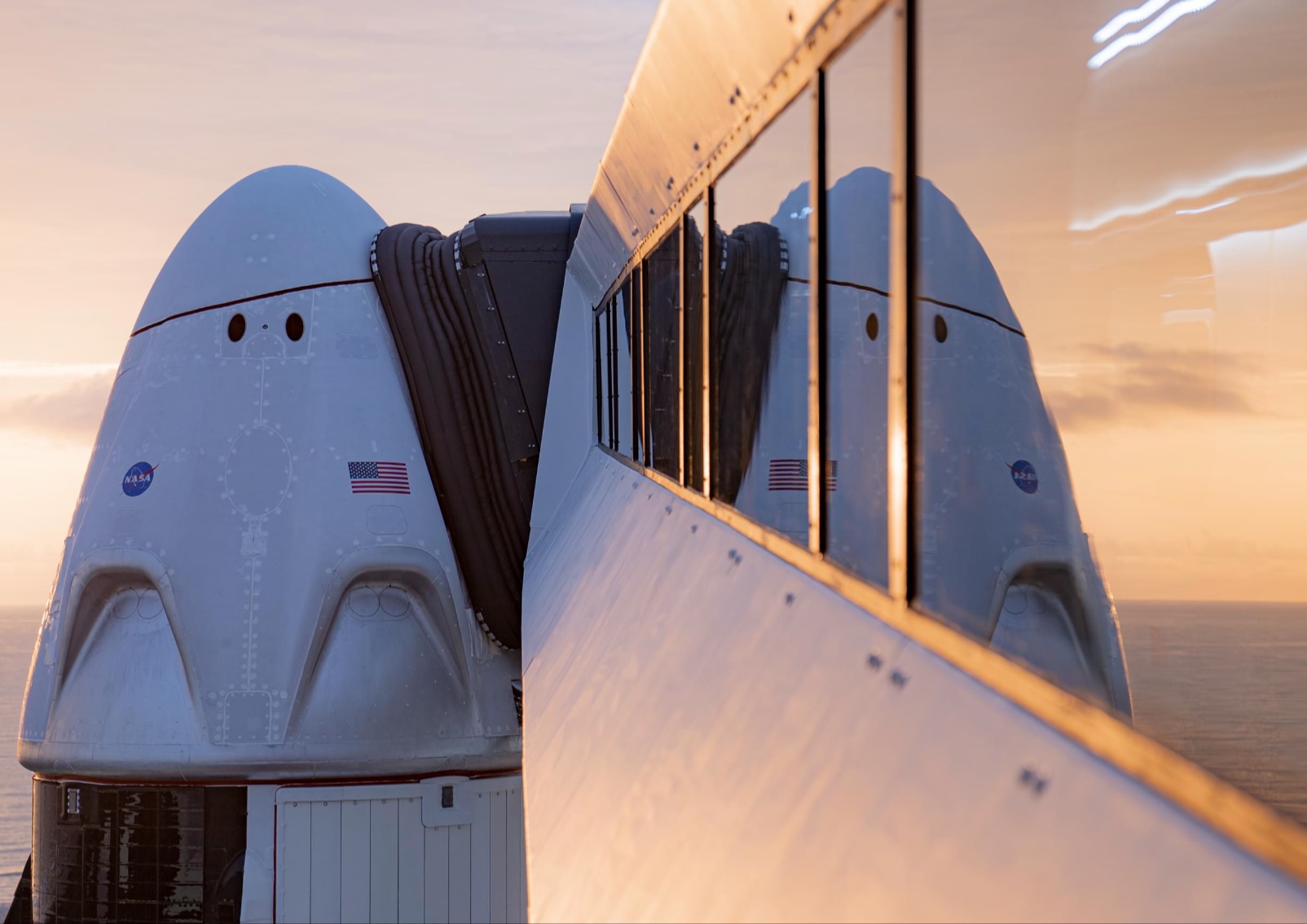
NASA and SpaceX are targeting July 31 for the launch of Crew-11, the next crewed mission to the International Space Station (ISS). The flight will lift off from Launch Complex 39A at Kennedy Space Center in Florida, using the Crew Dragon Endeavour and a Falcon 9 booster.
Crew Dragon Endeavour returns
Crew-11 will be the sixth flight for Endeavour, making it SpaceX’s most experienced crew vehicle to date. According to SpaceX’s director of Dragon mission management, Sarah Walker, Endeavour has already carried 18 astronauts representing eight countries since its first mission with NASA’s Bob Behnken and Doug Hurley in 2020, as noted in an MSN report.
“This Dragon spacecraft has successfully flown 18 crew members representing eight countries to space already, starting with (NASA astronauts) Bob (Behnken) and Doug (Hurley) in 2020, when it returned human spaceflight capabilities to the United States for the first time since the shuttle retired in July of 2011,” Walker said.
For this mission, Endeavour will debut SpaceX’s upgraded drogue 3.1 parachutes, designed to further enhance reentry safety. The parachutes are part of SpaceX’s ongoing improvements to its human-rated spacecraft, and Crew-11 will serve as their first operational test.
The Falcon 9 booster supporting this launch is core B1094, which has launched in two previous Starlink missions, as well as the private Ax-4 mission on June 25, as noted in a Space.com report.
The four-members of Crew-11 are NASA astronauts Zena Cardman and Mike Fincke, as well as Japan’s Kimiya Yui and Russia’s Oleg Platonov.
Tight launch timing
Crew-11 is slated to arrive at the ISS just as NASA coordinates a sequence of missions, including the departure of Crew-10 and the arrival of SpaceX’s CRS-33 mission. NASA’s Bill Spetch emphasized the need for careful planning amid limited launch resources, noting the importance of maintaining station altitude and resupply cadence.
“Providing multiple methods for us to maintain the station altitude is critically important as we continue to operate and get the most use out of our limited launch resources that we do have. We’re really looking forward to demonstrating that capability with (CRS-33) showing up after we get through the Crew-11 and Crew-10 handover,” Spetch stated.
Lifestyle
EV fans urge Tesla to acquire Unplugged Performance for edge in fleet and security industry
Unplugged Performance has built a name for itself by producing performance upgrades for Tesla vehicles.
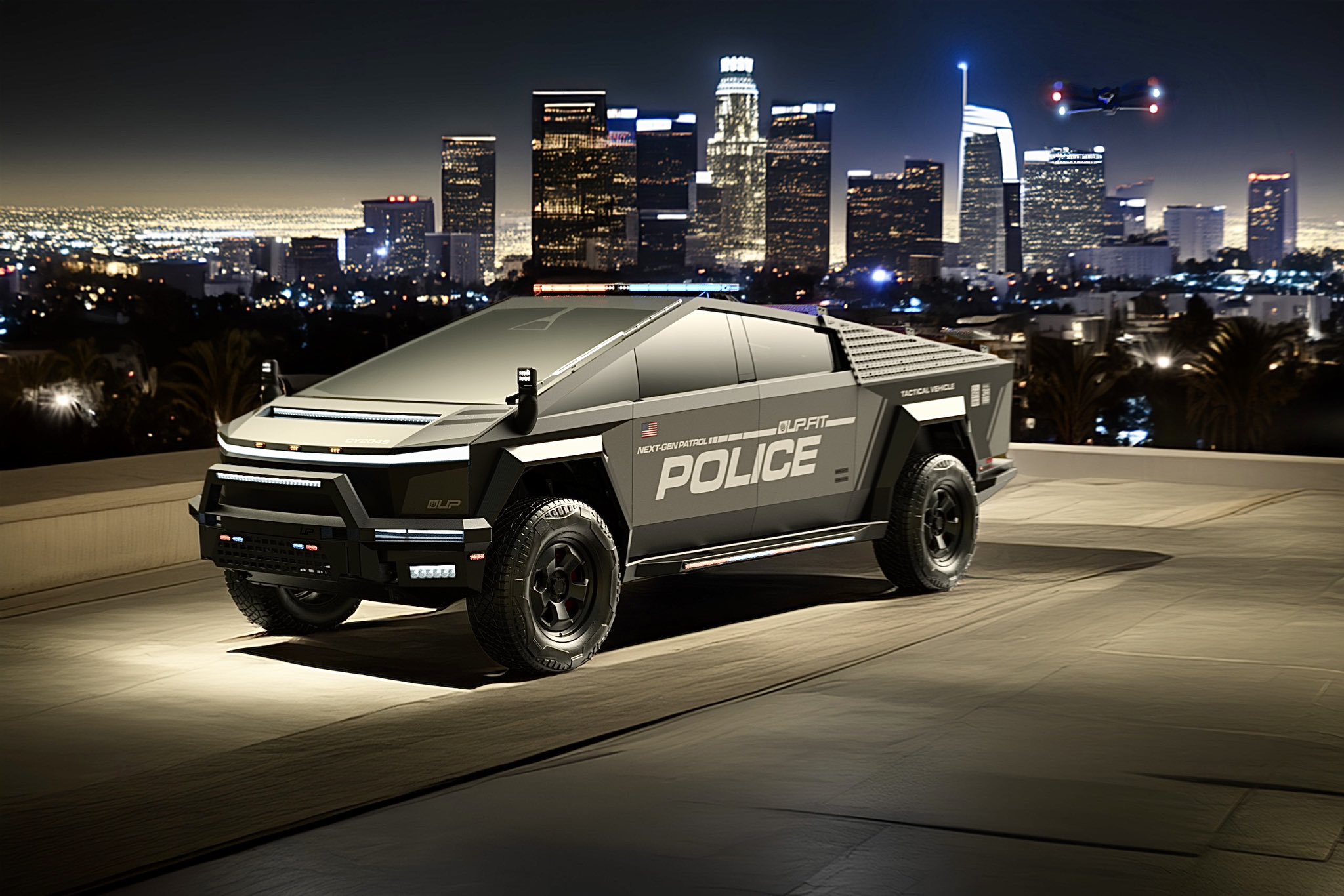
A growing number of Tesla enthusiasts and longtime community voices are calling on the electric vehicle maker to acquire Unplugged Performance, a California-based aftermarket company best known for tuning Tesla vehicles and developing specialized government fleet solutions under its UP.FIT division.
The idea was once considered a niche proposal among EV fans, but it is now gaining serious attention not just as a performance play but as a strategic move to deepen Tesla’s roots in the fleet and security industry.
A strategic fit
Unplugged Performance has built a name for itself by producing performance upgrades for Tesla vehicles, from track-optimized components to visual and aerodynamic upgrades. But in recent years, its UP.FIT division has pivoted toward a more functional future by outfitting Tesla vehicles like Model Ys for police, military, and government use.
That work has sparked growing calls for closer collaboration with Tesla, especially as the EV maker increasingly leans into autonomy, AI, and fleet services as core components of its next chapter.
“I posted this four years ago, but I think it’s more true now than ever,” wrote Whole Mars Catalog, a well-known Tesla investor and FSD Beta tester, on X. “Tesla should buy Unplugged. But not just as a Performance division. What they are doing with UP.FIT unlocks large government and commercial fleet purchases that can improve utilization.”
Tesla fans such as shareholder Sawyer Merritt echoed the sentiment, calling Unplugged a “great fit within Tesla.” adding, “They are literally located directly next to Tesla’s design studio in Hawthorne.”
Enabling the next wave
Supporters of the idea noted that integrating Unplugged into Tesla’s corporate structure could help accelerate the adoption of autonomous technologies in government sectors. With UP.FIT patrol cars already in use across some U.S. police departments, Tesla fans envisioned a future where self-driving Teslas could potentially revolutionize law enforcement, search-and-rescue, and public service logistics.
“Just imagine how autonomous patrol cars could transform policing and bring us into a safer future,” the veteran FSD tester wrote.
The benefits could also extend to Tesla’s existing consumer base. “They also have some incredible products in the works that I think will appeal to many ordinary Tesla drivers — not just those looking for performance or mods. Stuff that’s so good it should have come straight from the design studio next door,” Whole Mars Catalog noted.
Unplugged Performance, founded in 2013, shares not just a product vision with Tesla, but also geography. Its Hawthorne headquarters sits directly adjacent to Tesla’s design studio, and the two companies have maintained a close working relationship over the years. The aftermarket firm has long positioned itself as a “mission-aligned” partner to Tesla.
In response to the recent calls for acquisition, Unplugged Performance acknowledged the support from the community. “Our very existence is to support the Tesla mission with @UpfitTesla and @UnpluggedTesla,” Unplugged CEO Ben Schaffer posted on X. “We love working with Tesla and are grateful for the community’s support since 2013!”
News
Tesla debuts hands-free Grok AI with update 2025.26: What you need to know
All new Tesla vehicles delivered on or after July 12, 2025, will include Grok AI out of the box

Tesla has begun rolling out Grok, an in-car conversational AI assistant developed by xAI, to eligible vehicles starting July 12. The feature marks the most direct integration yet between Elon Musk’s artificial intelligence startup and Tesla’s consumer product lineup, offering drivers hands-free access to a chat-style companion while on the road.
Grok comes pre-installed on new vehicles
According to Tesla’s FAQ page for the feature, all new vehicles delivered on or after July 12, 2025, will include Grok AI out of the box. Owners of older vehicles may gain access through an over-the-air update, provided their vehicle meets a few hardware and software requirements.
Specifically, Grok is currently only supported on Tesla models equipped with an AMD infotainment processor and running vehicle software version 2025.26 and higher. Compatible models include the Model S, Model 3, Model X, Model Y, and Cybertruck. A Premium Connectivity subscription or active Wi-Fi connection is also required.
Tesla notes that additional vehicle compatibility may arrive in future software updates.
Grok’s features and limitations for now
Drivers can engage with Grok using the App Launcher or by pressing and holding the voice command button on the steering wheel. Grok is designed to answer questions and hold conversations using natural language, offering responses tailored to its chosen personality—ranging from “Storyteller” to the more eccentric “Unhinged.”
For fun, Tesla posted a demonstration of Grok likely running on “Unhinged” talking about what it would do to Optimus when they are on a date, much to the shock of the humanoid robot’s official social media account.
It should be noted, however, that Grok cannot currently issue commands to the vehicle itself, at least for now. Traditional voice commands for tasks like climate control, navigation, or media remain separate from Grok as of writing.
The feature is being released in Beta and does not require a Grok account or xAI subscription to activate, although that policy may change over time.
Grok privacy and in-car experience
Tesla emphasizes that interactions with Grok are securely processed by xAI and not linked to a user’s Tesla account or vehicle. Conversations remain anonymous unless a user signs into Grok separately to sync their history across devices.
Tesla has also begun promoting Grok directly on its official vehicle webpages, showcasing the feature as part of its in-car experience, further highlighting the company’s increasing focus on AI and infotainment features on its all-electric vehicles.
-

 Elon Musk2 weeks ago
Elon Musk2 weeks agoTesla investors will be shocked by Jim Cramer’s latest assessment
-

 Elon Musk2 days ago
Elon Musk2 days agoxAI launches Grok 4 with new $300/month SuperGrok Heavy subscription
-

 Elon Musk5 days ago
Elon Musk5 days agoElon Musk confirms Grok 4 launch on July 9 with livestream event
-

 News1 week ago
News1 week agoTesla Model 3 ranks as the safest new car in Europe for 2025, per Euro NCAP tests
-

 Elon Musk1 week ago
Elon Musk1 week agoxAI’s Memphis data center receives air permit despite community criticism
-

 News2 weeks ago
News2 weeks agoXiaomi CEO congratulates Tesla on first FSD delivery: “We have to continue learning!”
-

 News2 weeks ago
News2 weeks agoTesla sees explosive sales growth in UK, Spain, and Netherlands in June
-

 Elon Musk2 weeks ago
Elon Musk2 weeks agoTesla scrambles after Musk sidekick exit, CEO takes over sales

